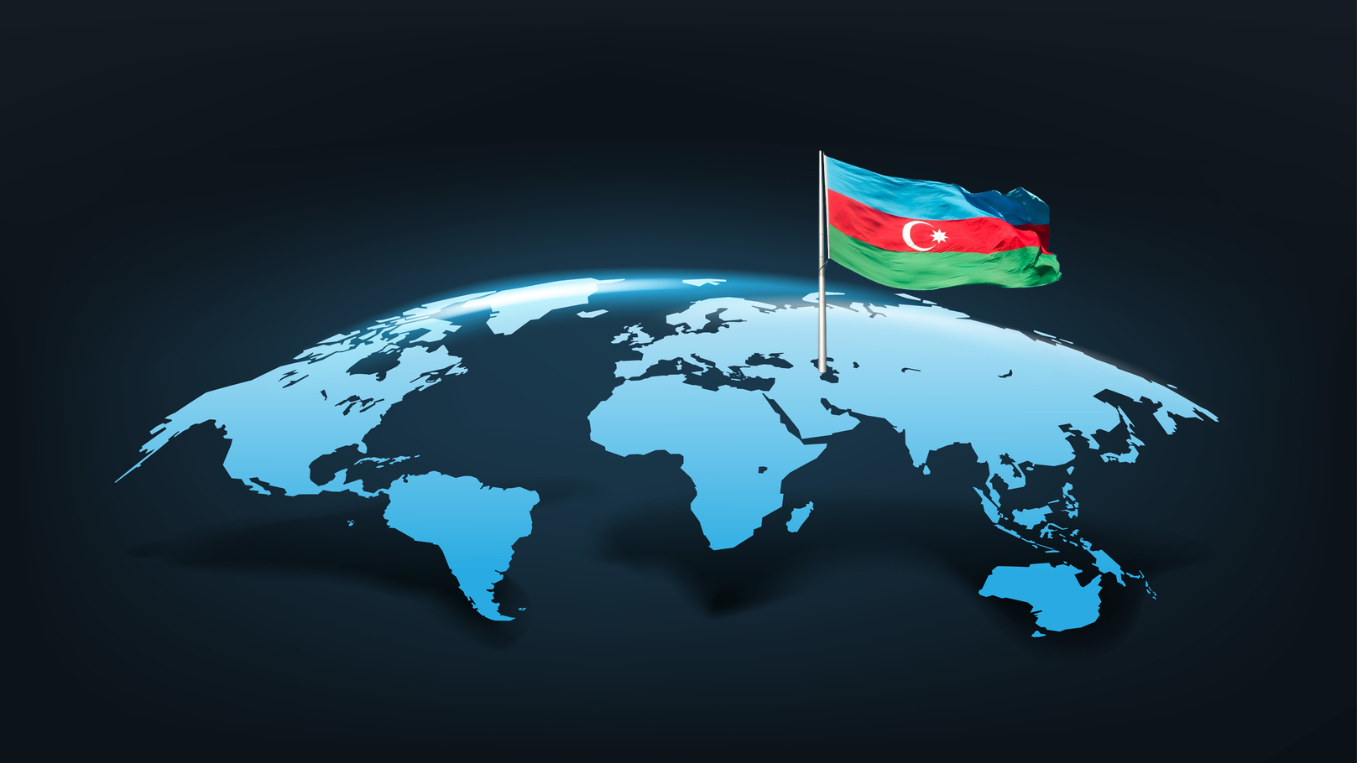|
|
TODAY.AZ / Weird / Interesting
How technology will make everyone a great photographer?
09 November 2013 [11:10] - TODAY.AZ
 At the end of May, the Chicago Sun-Times laid off all its staff photographers. The paper would instead use newswires, freelancers, and reporters armed with iPhones. It was not the first time traditional media turned to untrained photojournalists—consider the Instagram photos NBC published after the Boston Marathon bombing or CNN’s iReport—but it was the first time any outlet made a policy of doing so.
At the end of May, the Chicago Sun-Times laid off all its staff photographers. The paper would instead use newswires, freelancers, and reporters armed with iPhones. It was not the first time traditional media turned to untrained photojournalists—consider the Instagram photos NBC published after the Boston Marathon bombing or CNN’s iReport—but it was the first time any outlet made a policy of doing so. As one might expect, the Sun-Times’ decision has met with criticism. It’s been called “shortsighted” and “idiotic.” There’s even a Tumblr of head-to-head comparisons between the Sun-Times and the still-photo-staffed Chicago Tribune. But the change does have its logic. First, it’s cheap. And, in theory, it will give the Sun-Times even more reach, by leveraging the cameras already in place at news events.
For the strategy to pay off, however, cameraphone technology needs to support it in ways it currently doesn’t. Cameraphones have improved dramatically in the last few years—the Nokia PureView sensor has 41 megapixels, and HTC’s newest sensor has larger pixels that grab more light—but they still suffer from one great shortfall: inadequate lenses.
About a year ago, engineers began to address the issue by putting cellular radios inside cameras, rather than attempting to cram cameras inside phones. The 16.3-megapixel Samsung Galaxy Camera has a 4G radio and a 21-times zoom lens. And the newer 20.3-megapixel Galaxy NX has an interchangeable lens mount. The Sony QX100, the newest offering in the lot, is the most extreme example. The device is just a lens, sensor, and image processor, and users attach their smartphone as a viewfinder.
Connected cameras may improve the overall quality of crowdsourced images, but they will do little for the editors whose job it is to sort through them. Current services provide a temporary solution. With Scoopshot, a Helsinki software start-up, publishers can send photo assignments to the service’s network of 300,000-plus mobile users. Stringwire, which NBC acquired in August, lets video producers request an uplink from anyone who has tweeted near an event of interest. But to assure quality, editors will need software that automatically selects the best images—not just the ones taken in the right place at the right time. That type of computer vision already exists on a small scale. A recent update to Google+ analyzes groups of pictures for blurriness, aesthetics, landmarks, and exposure to pick out the most shareable ones. The Sun-Times to benefit from that type of machine vision, the software will need to process larger image batches from multiple sources. In time, those pieces may come together, proving that the Sun-Times decision wasn’t foolish—it was just a bit before its time.
/Popsci/
URL: http://www.today.az/news/interesting/128032.html
 Print version
Print version
Views: 1819
Connect with us. Get latest news and updates.
See Also
- 19 February 2025 [22:20]
Visa and Mastercard can return to Russia, but with restrictions - 05 February 2025 [19:41]
Japan plans to negotiate with Trump to increase LNG imports from United States - 23 January 2025 [23:20]
Dubai once again named cleanest city in the world - 06 December 2024 [22:20]
Are scented candles harmful to health? - 23 November 2024 [14:11]
Magnitude 4.5 earthquake hits Azerbaijan's Lachin - 20 November 2024 [23:30]
Launch vehicle with prototype of Starship made its sixth test flight - 27 October 2024 [09:00]
Fuel prices expected to rise in Sweden - 24 October 2024 [19:14]
Turkiye strikes terror targets in Iraq and Syria - 23 October 2024 [23:46]
Kazakhstan supplied almost entire volume of oil planned for 2024 to Germany in 9 months - 23 October 2024 [22:17]
Taiwan reported passage of Chinese Navy aircraft carrier near island
Most Popular
 Azerbaijan set to handle 15 mln tons of rail cargo annually
Azerbaijan set to handle 15 mln tons of rail cargo annually
 Mustafayev: Trilateral dialogue strengthens Azerbaijan–Iran–Russia partnership
Mustafayev: Trilateral dialogue strengthens Azerbaijan–Iran–Russia partnership
 Between Washington and Middle East, Azerbaijan’s role gains new weight
Between Washington and Middle East, Azerbaijan’s role gains new weight
 US will send Ukraine Tomahawks if war unresolved
US will send Ukraine Tomahawks if war unresolved
 Afghanistan-Pakistan clashes leave scores dead amid rising tensions
Afghanistan-Pakistan clashes leave scores dead amid rising tensions
 Trilateral consultations in Baku highlight regional cooperation agenda - Iranian FM
Trilateral consultations in Baku highlight regional cooperation agenda - Iranian FM
 Biden receiving radiation therapy for prostate cancer
Biden receiving radiation therapy for prostate cancer
